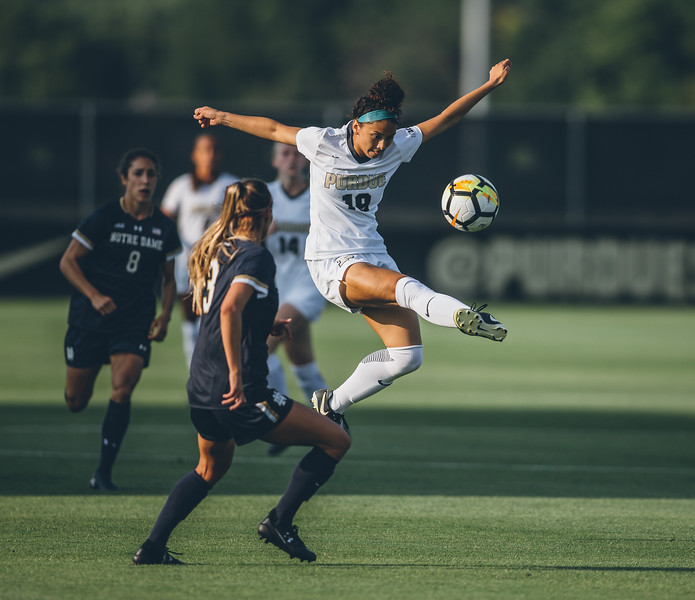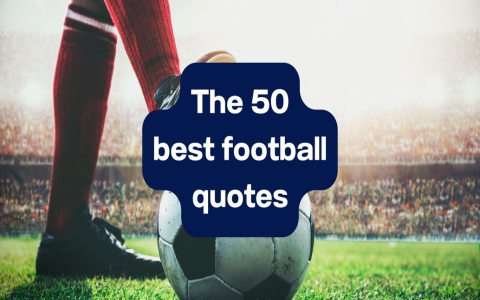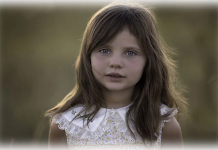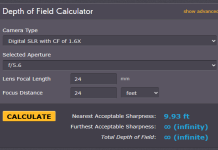Alright, so diving into soccer photography. It wasn’t something I just woke up and mastered, let me tell you. It started pretty simply, actually. I was at my nephew’s game, just with my phone, and I thought, “Hey, I could get some cool shots here.” That was the easy part, the thinking part.

Then I decided to get a bit more serious. I dusted off my old DSLR, you know, the one I bought years ago thinking I’d become a photography whiz overnight. For soccer, I quickly realized my standard lens wasn’t going to cut it. The players were always too far away, or if they were close, they whizzed by before I could even focus. My first few attempts were mostly a blur of green grass and a tiny, unrecognizable blob that was supposedly a player with a ball.
Getting a Feel for the Sidelines
So, I started doing a bit of reading, but honestly, most of it went over my head. All that technical jargon. I figured the best way to learn was just to keep trying. I made sure to get to games early. Positioning is key, I learned that the hard way. At first, I’d just stand in one spot. Bad idea. You miss half the game. So, I started moving up and down the sideline, trying to anticipate where the action would be. This meant a lot of running, sometimes almost as much as the players, or so it felt!
I remember one particular game, it was a muddy mess. Raining on and off. I was trying to protect my camera, keep myself from slipping, and actually get a decent shot. Most of what I got was mud-splattered blurs. But, it taught me a few things:
- You need a fast shutter speed. Like, really fast. Otherwise, it’s just motion trails.
- Auto-focus can be your best friend or your worst enemy. I learned to switch to continuous autofocus.
- Shooting in burst mode? Absolutely essential. You take a hundred shots to get one good one sometimes.
I also started paying more attention to the light. Morning games were great, golden hour was even better, but those midday games with the harsh sun right overhead? Nightmare. Or worse, late afternoon games when the light just disappears halfway through. You’re constantly adjusting settings. I messed up ISO so many times, ended up with super grainy photos. But hey, that’s how you learn, right? Trial and error. Lots of error.
It’s More Than Just Pointing and Shooting
After a while, I realized that understanding the game itself was just as important as knowing how to use the camera. Knowing which player was likely to get the ball, predicting a run, or anticipating a header. That’s when the magic started to happen. You start to see the shot before it happens. It’s a feeling, really. You get this little buzz when you know you’ve nailed it, even before you check the back of the camera.

I eventually upgraded my lens to something with a bit more zoom. Didn’t break the bank, just something decent. And I practiced. A lot. Local park games, school matches, anything I could get access to. I learned to get low, an angle I saw other pros use. It really does make the players look more heroic, more dynamic.
The biggest thing for me was learning to capture the emotion. Not just the action, but the grimace of effort, the joy of a goal, the frustration of a near miss. Those are the photos that tell a story. And it’s not always the star player making the winning goal. Sometimes it’s the kid on the bench, eyes wide with hope, or the coach yelling instructions. There’s a whole narrative playing out.
It took time. A lot of blurry pictures, a lot of missed moments. There was this one time, a championship game, perfect light, and my battery died right before the winning penalty shootout. I wanted to throw my camera. Learned to always, always carry a spare battery after that. Little lessons, big impact.
So yeah, that’s been my journey with it. Still learning, still practicing. But now, when I go out, I feel more prepared, more confident. And when I nail that perfect shot – the ball just hitting the back of the net, the goalie mid-dive, the raw celebration – it’s a pretty great feeling. Totally worth all the muddy knees and early mornings.










